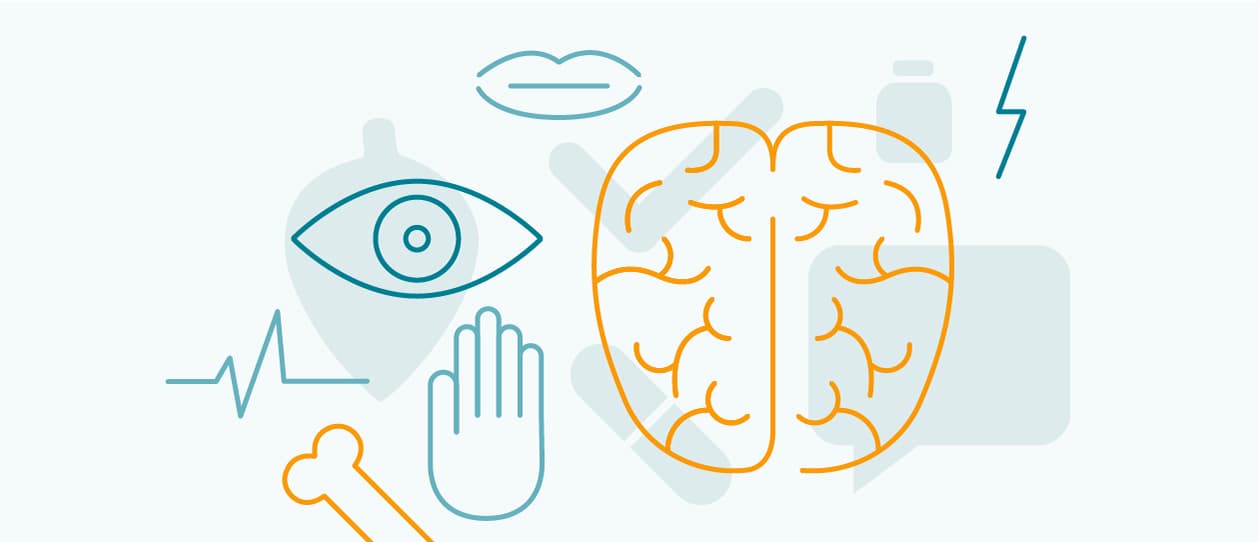
- Health hub/
- Tips & Advice on Improving your Energy Levels/
- Shin splints


- Pain along the shinbone.
- The affected area is tender or sore when touched.
- Redness and inflammation of the skin in the affected area sometimes occurs.
- Shin splints mostly affect the medial (inner) edge of the shins, but may also affect the anterior (outer) edge, especially in severe cases.
- Symptoms tend to be worse during and after running.
The fibula and the tibia are the two bones in the lower leg, both of which have muscles attached to them that help to move the feet.
The exact cause of medial tibial stress syndrome (shin splints) has not been confirmed. However, high impact activities such as running on concrete or other hard surfaces can contribute to their development. Other risk factors may include:
- Over-training (e.g. training beyond your fitness level).
- Increasing the intensity, duration or frequency of training too quickly.
- Running on sloping ground.
- Wearing poorly fitting or inappropriate running shoes.
- Poor running technique.
- Having flat feet or increased foot pronation (i.e. feet that roll inwards).
- Imbalances in the strength of the different muscles of the lower leg.
- Previous injury.
The pain of shin splints may be caused by the muscles and tendons of the leg causing inflammation by tugging on the bone, or may be due to a stress reaction from the bones themselves. For example, repetitive trauma to the tibia (which may be caused by the heel repeatedly landing on a hard surface) may interfere with the bone’s ability to re-model and repair itself.
Inadequate calcium consumption has also been proposed as a contributing factor to shin splints, and being overweight (having a high body mass index) may increase the risk.
- Seek medical advice for any sporting injuries in order to ensure the problem is correctly diagnosed and appropriately treated.
- If you’re experiencing shin splints, rest your legs, and apply an icepack to the affected area for 10-20 minutes three or four times a day.
- Physiotherapy may be beneficial.
- Switch to a different form of exercise while your legs are healing. Swimming is a good alternative as it is low impact and non-weight bearing.
- Take steps to prevent shin splints by:
- Warming up before you start exercising, and cooling down after you’re finished
- Incorporating slow, sustained stretches into your cool down.
- Including specific exercises in your training regime to strengthen the muscles of your calves and lower legs. Additionally, include some activities other than running in your regular exercise program; cycling and swimming are good options as they are low impact.
- Allowing sufficient recovery time between bouts of activity; this may allow the bone time to re-model and repair in between training sessions.
- Training on flat, soft surfaces (such as grass or a treadmill), rather than on concrete or uneven ground.
- Paying attention to your technique. An exercise physiologist can help with this if necessary.
- Wearing appropriate running shoes, along with shock absorbing insoles and/or orthotic inserts if advised to do so by your podiatrist. Always replace your shoes promptly when they start to wear out.
- Exercising at an intensity that is appropriate to your fitness level. You may need to moderate the intensity, duration and frequency of your training if you are experiencing shin splints or want to prevent them in the future.
- Taping or strapping joints, as advised by your physiotherapist.
- It is important that any sports injury is investigated and diagnosed by your doctor to ensure that you receive the appropriate treatment.





